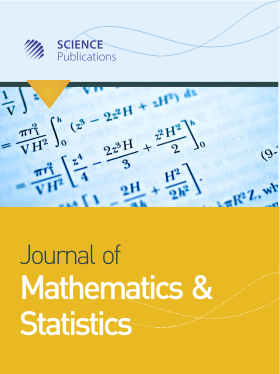Thermal Performance Assessment for Laminar Forced Convection with Downstream Reformed-V and Reformed-Double-V Generators
- 1 , Thailand
- 2 King Mongkut’s University of Technology North Bangkok, Thailand
Abstract
Thermal assessments for laminar flow in an isothermal wall square channel over downstream Reformed-V (RV) and Reformed-Double-V (RDV) generators inserted diagonally are presented numerically in three dimensional. The RV and RDV are designed to comfort for forming and installing in the heat exchanger channel. The effect of RV and RDV height is investigated in terms of blockage ratio, b/H, BR = 0.05-0.30 for Reynolds number based on the hydraulic diameter of the square channel, Re = 100-1200. The SIMPLE algorithm, finite volume method and the periodic condition are used in the current computational domain. The mathematical results show that the uses of RV and RDV provide higher heat transfer rate than the smooth square channel with no generators. The RV gives higher on both heat transfer rate and friction factor values than the RDV case for all BR and Re values. The maximum heat transfer rate and friction factor are found around 20.5 and 420 times over the smooth square channel, respectively, at BR = 0.30 for RV case. The optimum thermal enhancement factor, TEF, is found at BR = 0.1, Re = 2000 around 2.95 for RDV case.
DOI: https://doi.org/10.3844/jmssp.2014.426.435

- 3,685 Views
- 2,066 Downloads
- 0 Citations
Download
Keywords
- Forced Convection
- Generators
- Laminar Flow
- Periodic Condition
- Thermal Enhancement Factor
